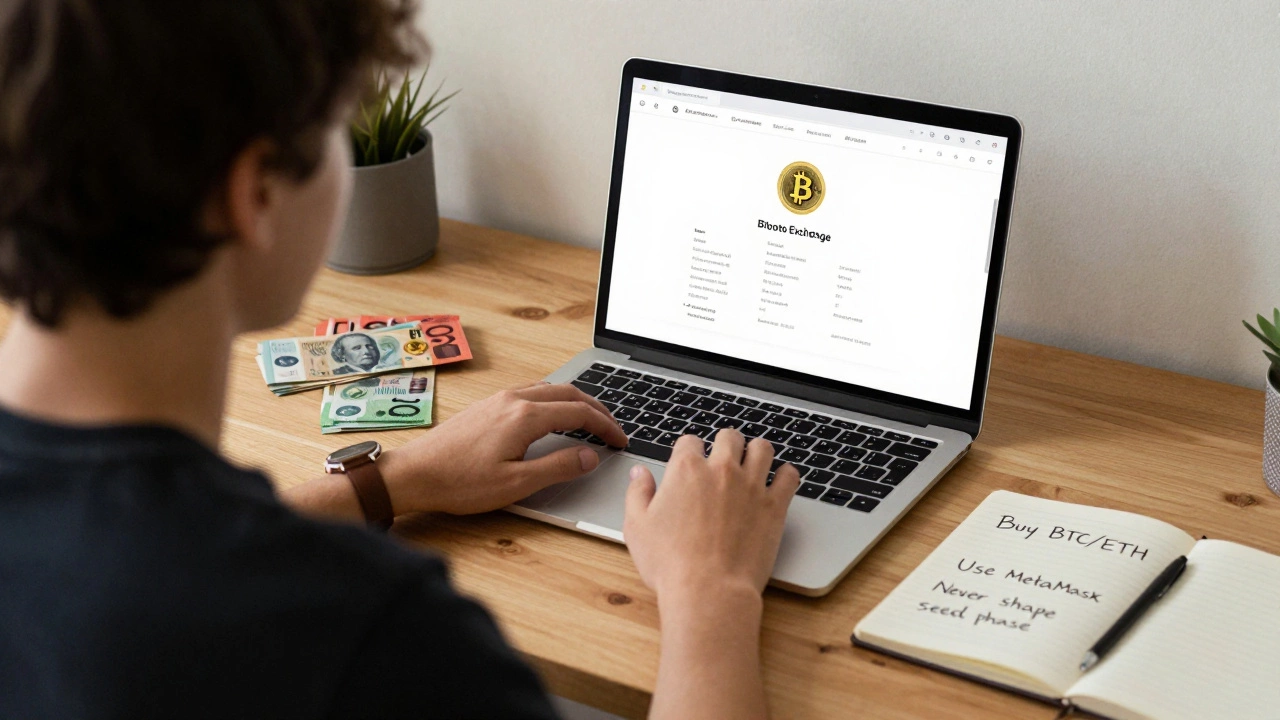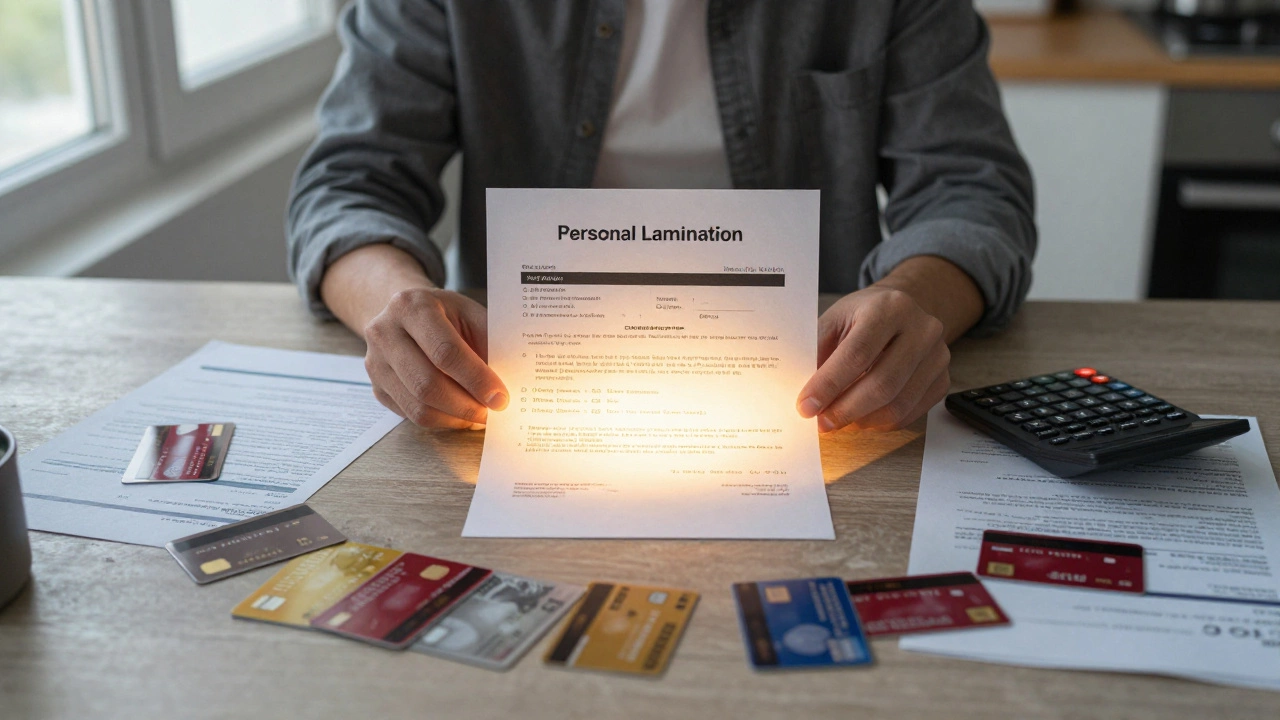Redraw Facility Explained: How to Use It Without Surprise
If you have a mortgage or personal loan with a redraw facility, you’ve got a secret stash of cash you can pull out when needed. It’s basically a way to get back any extra payments you’ve made over the required amount. Think of it as a built‑in emergency fund that lives inside your loan.
How the Redraw Feature Actually Works
When you overpay your loan – say you add an extra £200 each month – the lender puts that surplus into a redraw account. You can then request a portion of that surplus at any time, usually through online banking or a phone call. Most lenders let you withdraw in chunks (often £100 minimum) and cap the total amount you can pull out to the amount you’ve over‑paid.
There are two common ways the facility is set up:
- Free redraw: No fee for each withdrawal, but you might have a limit on how often you can use it.
- Fee‑based redraw: Each time you pull money, you pay a flat fee (often £20‑£40) or a small percentage of the amount withdrawn.
Check your loan agreement early on – it will spell out exactly how many times you can redraw and what it costs.
When It Makes Sense to Use the Redraw
Not every emergency needs a redraw. Use it for big, unavoidable expenses: a car repair, a short‑term cash shortfall, or a one‑off holiday you’ve already paid for. Pulling money out reduces the extra cushion you’ve built, so you’ll pay a bit more interest over the life of the loan.
Here are three quick rule‑of‑thumb checks:
- Cost vs benefit: If the redraw fee plus extra interest is less than a high‑interest credit card, it’s worth it.
- Future plans: If you plan to pay off the loan early, keep the surplus – it’ll shave years off your term.
- Alternative options: Look at a short‑term personal loan or an overdraft first if they’re cheaper.
Remember, every pound you redraw adds back to the loan balance, which means a longer repayment period or higher monthly payments.
To avoid surprises, set a reminder to check your overpayment balance every few months. Most banks show the redraw amount on the same screen as your loan balance. If you notice you’ve got a healthy surplus, consider keeping it there to knock down interest.
Finally, note that not all lenders treat redraw the same way. Some will automatically apply extra payments to the principal, while others keep them in a separate account. Read the fine print, ask your mortgage adviser, and make sure you understand the exact process before you start overpaying with the hope of using redraw later.
Using a redraw facility wisely can give you a safety net without the need for a separate savings account. Just keep an eye on fees, understand how it changes your loan balance, and only tap into it when the cost truly outweighs the benefit.

Can You Take Equity Out of Your Home Without Refinancing? Australia 2025 Guide
Yes-you can access home equity without a full refinance. Learn the Aussie options: redraw, loan top-ups, lines of credit, second mortgages, and reverse mortgages, plus risks, tax tips, and steps.





